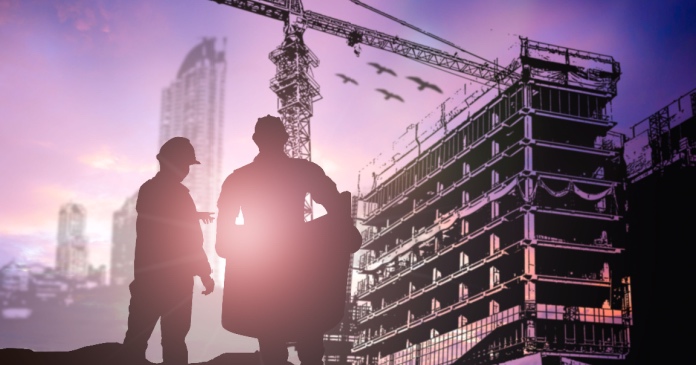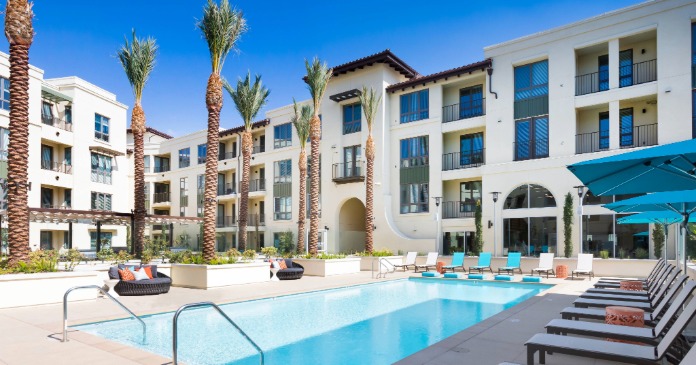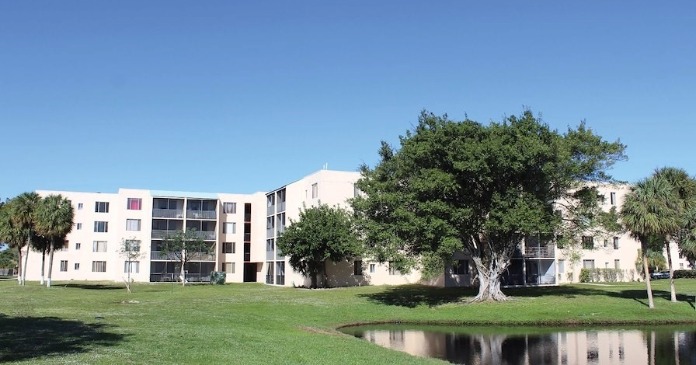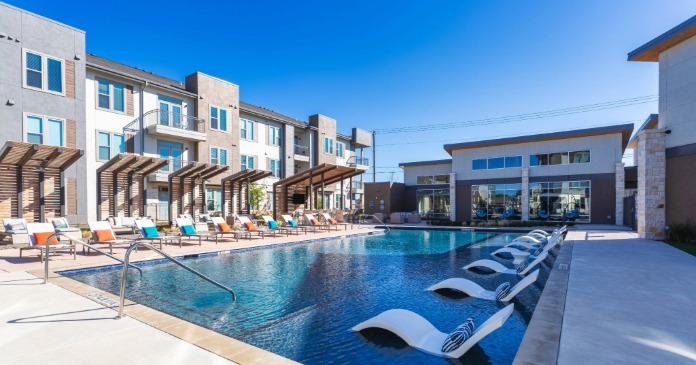Layers of excessive regulation translate into higher rents, reduced affordability for consumers and on average, account for almost one-third of a multifamily project’s development and building costs, the National Association of Home Builders (NAHB) told Congress today.
Testifying on behalf of NAHB before the House Financial Services Subcommittee on Housing and Insurance, Steve Lawson, chairman of The Lawson Companies based in Virginia, said that overregulation of the housing industry is felt at every phase of the building process.
“It results from local, state and federal mandates,” said Lawson. “It includes the cost of applying for zoning and subdivision approval, environmental mitigation, and permit, hook-up, impact and other government fees paid by the builder. In many cases, these projects become financially infeasible and, therefore, are not built.”
The congressional hearing on regulatory burdens on multifamily housing development was spurred in large part due to a new study by NAHB and National Multifamily Housing Council called Multifamily Cost of Regulation that details how regulatory costs account for 32 percent of the cost of developing new multifamily properties.
The new research shows that well over 90 percent of multifamily developers typically incur hard costs of fees paid to local governments, both when applying for zoning approval, and again when local jurisdictions authorize the construction of buildings. Furthermore, state and federal governments are increasingly becoming involved in the process and layering on additional levels of fees and regulations.
“Multifamily builders and developers are seeing strong demand, but there are headwinds that have impacted further development,” said Lawson. “Some developers have had difficulty getting projects off the ground due to regulatory burdens and neighborhood opposition in certain parts of the country.”
To help ease regulatory burdens and improve housing affordability, NAHB is urging policymakers to:
- Consider the cumulative effects of regulatory requirements to determine whether a new mandate is necessary to protect the health and safety of the public, or if it is simply a means to achieve a policy goal;
- Remove barriers to production of multifamily housing;
- Ensure that energy codes and standard are cost-effective, affordable and have a reasonable payback period of 10 years;
- Enact common sense updates to Davis-Bacon wage determination policies to help builders construct more affordable housing;
- Call on the Trump administration to resolve issues related to lumber and steel tariffs, which have needlessly raised the price of building materials; and
- Maintain and properly fund federal rental assistance and multifamily production programs to serve very low- and extremely low-income Americans.
About NAHB
The National Association of Home Builders is a Washington-based trade association representing more than 140,000 members involved in home building, remodeling, multifamily construction, property management, subcontracting, design, housing finance, building product manufacturing and other aspects of residential and light commercial construction. NAHB is affiliated with 700 state and local home builders associations around the country. NAHB’s builder members will construct about 80 percent of the new housing units projected for this year.











